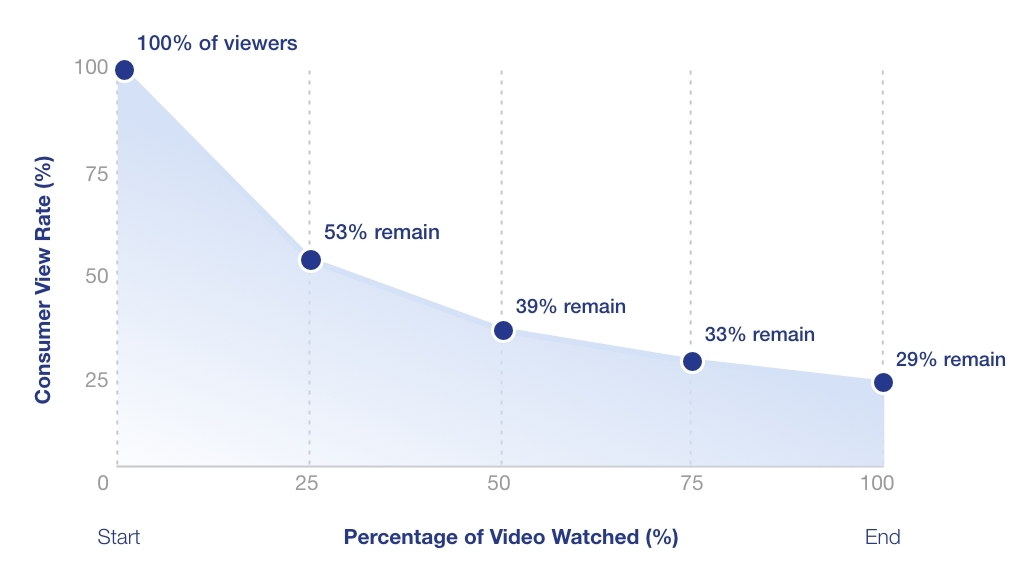Social Media
Media Strategy
Programmatic
Written By
Stuart Santos
Performance Media Director
Video content has taken center stage across almost every digital media platform available today. In fact, according to Statista, online video is one of the most popular digital activities globally, with 27% of internet users spending more than 10 hours watching online videos every week. Not surprisingly, video engagement is also at an all-time high.
If you’re responsible for your company’s digital media, this means that optimizing video content can not only improve your overall brand presence but also boost engagement.
These five best practices can help you optimize your video content on digital platforms.
1. Embrace the movement.
By 2022, online video content is expected to accumulate more than 82% of total web traffic. But when it comes to maximizing your video content through digital media channels, it takes more than uploading a video and calling it a day. Just as it’s important to upload videos to channels such as YouTube and Vimeo to expand your audience, it’s also important to leverage social media, both paid and organic, to drive more of the right traffic to said videos.
For example, Facebook and Instagram Stories are great for publishing short yet impactful video content. And, as brands are continuously searching for ways to improve engagement, live video streaming can generate additional traffic on social media, foster brand trust and help you get up close and personal with your audience in real time.
2. Incorporate YouTube into your digital media strategy.
YouTube is the world’s second-largest search engine (behind Google) and the leading video platform, with more than 2 billion active users globally and more than 3 billion searches per month.
Online video marketing through YouTube is not only a smart tactic to deliver educational and promotional messaging to your audience, but it’s also a medium that is consistently growing in viewership. Additionally, since Google owns YouTube, the video content you upload through YouTube will optimize its SEO performance on Google search. If you understand how to leverage this opportunity, you can count on driving traffic back to your brand or product.


